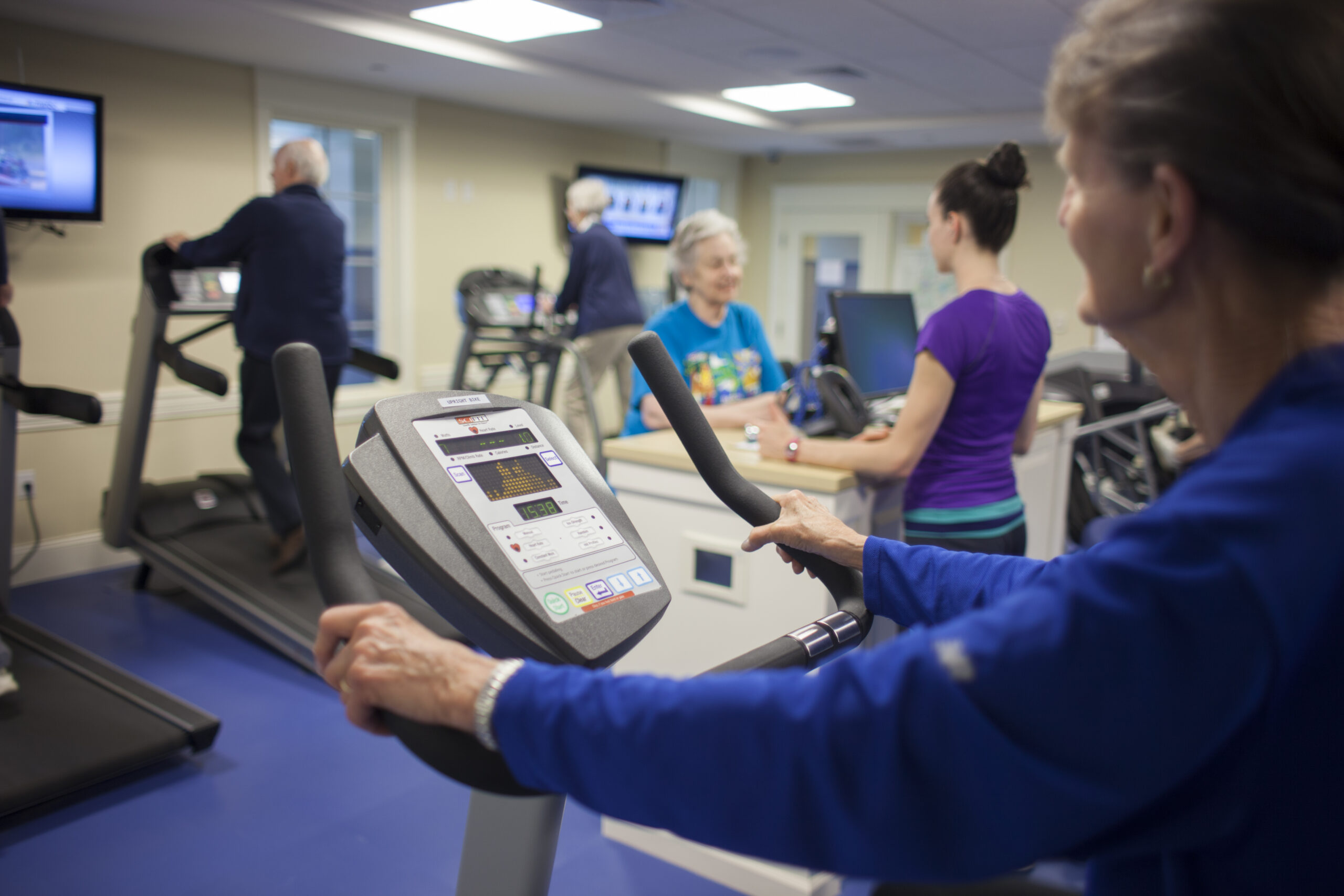Senior Fitness Programs: Safety, Endurance and Strength

Engaging in a lifestyle that incorporates exercise programs can help you feel and look your best. For seniors, staying fit also can help reduce the risk of a number of chronic health problems — including diabetes, heart disease and some cancers — and can lessen arthritis pain.
What should you know before you start a senior fitness program, and how can you incorporate the four primary types of exercise?
Safety Comes First
If you’re just getting started with an exercise program, be sure to take it slowly and safely. Get clearance from your doctor, and don’t exercise if you’re sick or injured. Don’t exercise to the point of pain, and stop if you feel dizzy, have trouble breathing or experience weakness.
Be sure to warm up and cool down appropriately, and ensure that you’re getting enough fluids before, during and after your workout. If you exercise outdoors, protect your skin and eyes from the sun.
Advantages of a Strength Training Senior Fitness Programs
Researchers have found that strength training can provide a number of benefits for seniors, including reduced low-back pain and arthritic pain, increases in bone mineral density, better resting blood pressure, improvements in blood lipid levels, and more.
In addition, a strength workout can help you reduce or prevent the loss of your muscle tissue. Studies indicate that basic strength training programs can increase your muscle mass as you lose fat, increasing your overall metabolic rate and allowing you to eat more calories each day.
Getting Your Heart Pumping with Aerobics
Participating in aerobic activities can help you burn calories as you improve your heart health, increase your energy, and lower your levels of cholesterol and blood pressure.
After consulting with your physician and when you’re just starting, expect to spend some time building up your endurance. Start with short sessions of cardio exercise — even five minutes a day can help you get stronger. Ultimately, you should try to work in 30 minutes of some type of aerobic exercise on most days.
Exercises that can give you a moderate endurance workout include tennis, swimming and brisk walking. As you become more advanced, you may want to consider more intense exercise such as hiking.
Maintaining Flexibility and Balance
As you get older, maintaining your flexibility and balance is critical for preventing exercise-related injuries and reducing the risk of falls.
Sharon Fillyaw, Core and Balance Instructor, stresses the critical nature of these types of exercises for seniors.
“Fall prevention exercise, unfortunately, is not an option but a necessity,” she said, adding that the Core and Balance class at The Commons is based on The Rose Fall Prevention Method™ she has developed to address this very serious issue.
Fillyaw said all residents are welcome to attend the class, which targets individuals ages 65 to 100 and at all fitness levels. She added that The Commons in Lincoln and its supportive program director, always have encouraged residents to stay healthy and fit, and the community continues to do so.
Whether you’re an experienced exerciser or you’re just getting started, you can develop and maintain a healthy habit by staying safe in your senior fitness programs and focusing on your endurance, strength, balance and flexibility.
These articles are offered as general information and are not intended to be a substitute for medical advice. You should always consult with your medical provider before making any changes in your physical activity to ensure that the changes are right for you.